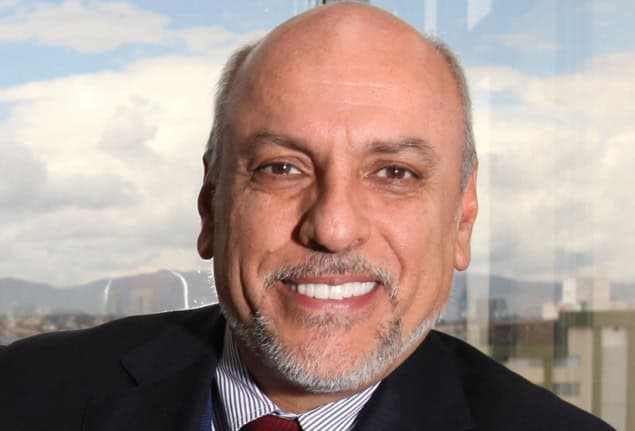The National Council for Science and Technology (CONACYT) is Mexico’s main science funding agency and controls many parts of the country’s research. CONACYT director Enrique Cabrero Mendoza talks to Matin Durrani in an exclusive interview about the country’s science and technology priorities

What is the main purpose of CONACYT?
CONACYT is celebrating its 45th anniversary this year. Since it was set up, it’s been an agency that funds research and scholarships at a national and international level. It also financially supports the careers of researchers in Mexico – we have 23,000 members in the National Research System (SNI) (the body that accredits professional researchers) and provide 58,000 scholarships for students in Mexico and abroad. We support not just basic research, but also research that addresses solutions to our country’s national problems. CONACYT also has 26 research centres, many of which have their own branches throughout all of Mexico’s 32 states.
What is CONACYT’s overall budget?
It’s roughly Mex$37bn (about US$2.3bn). This is a figure that’s risen by almost 47% over the last two years because the current government sees science and technology as a priority – as a strategic way to develop and grow the country and to improve people’s welfare. Mexico is now basically trying to create a knowledge-based economy, which is a change of strategy and different to how things were done in the past.
What kinds of problems does Mexico need to tackle?
We have 10 main national priorities, including health, the environment, energy and climate change, biotechnology, and industry, covering complex manufacturing and nanotechnology. Mexico cannot at this moment try to develop a capacity in every field of science and technology, so we have to choose what to concentrate on.
Which areas is Mexico particularly good at?
There’s a very strong physics community and we have a good tradition in astronomy, too. I think we’re also better in biotechnology than before, and we’re doing well in nanoscience.
How good is Mexico at innovation?
We are better than we used to be, but one of the biggest problems is that Mexico doesn’t have strong links between industry, academia and government. The science carried out in academia is not bad and our manufacturing sector is pretty good, but we need to establish better relationships between these three parts of what I call the “triple helix”. Because if you don’t, you won’t get any innovation.
So what is CONACYT doing to improve things?
We’ve been investing heavily in science, but the resulting new knowledge isn’t being transferred to industry. The problem is that Mexico is not bad in science but not good at innovation. So we’re trying to develop new programmes, including something called the Stimulus for Innovation, whereby CONACYT supports innovative projects proposed to us. What we really need to create is an entire ecosystem for innovation, which we don’t yet have. But we are getting there, bit by bit.
How is CONACYT raising Mexico’s international profile?
If Mexico wants to become a knowledge-based society, we have to be truly global. We can’t remain isolated and we need good links with other countries and foreign institutions, even if it means Mexican researchers going abroad. Before the current administration, we only used to react to international initiatives sent to CONACYT from other countries. Instead, we’ve now selected 15 countries as strategic partners for international co-operation, notably the US, the UK and France, with whom we have very strong relations. Mexico is also part of the EU’s Horizon 2020 programme and, as we do not qualify any more for development aid from the EU, we have created mechanisms to support Mexican scientists to continue taking part in it.
Are you doing anything to stem the brain drain?
In 2014 CONACYT started a new programme that has so far created 470 new positions for early-career researchers within the university system and at national research centres. These can be taken both by people from within Mexico and abroad, but we hope these posts will help us to bring back Mexico’s scientific diaspora, who can be found throughout the US, Europe and Asia. The programme will have a huge impact as it will give researchers both a salary and a starting research grant.
What’s the number-one challenge for Mexican science?
Mexico is a country where society doesn’t yet value scientific knowledge. Surveys suggest that 60% of Mexican people believe more in magic than in science – they think scientists are strange and weird. So we have to diffuse scientific knowledge more widely and convince citizens, entrepreneurs and politicians that we have to invest more in science. Things have improved over the last two years, but we need greater spending over the mid- to long-term.
And do you think the president understands all this?
Yes he does. Historically, Mexican society felt science was good, but it was viewed more as a kind of decorative window-dressing, like art or music. CONACYT is trying to change things so that more people realize that without science and technology, we will not be productive and we will not be competitive. The change of heart may be for economic reasons and not simply for the pure value of gaining new knowledge, but the fact is we have a president – and a finance minister – that really supports science.



